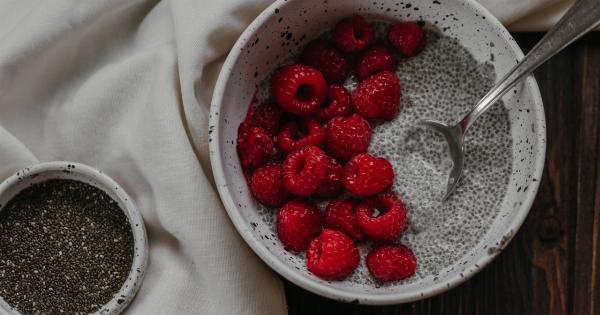It’s no secret that feeding veggies to kids is no easy task. In fact, parents sometimes feel like they’ve signed up for an uphill battle, with their little ones outright rejecting anything that even resembles a vegetable.
But, as we all know, veggies are a crucial part of a healthy diet and are necessary for optimal growth and development, especially in growing kids. The good news is that there are many ways to make veggies tasty, colorful, and fun for kids to eat. Here are our top 10 choices of healthy and tasty veggies that your kids will love!.
1. Carrots
Carrots are one of the most popular vegetables for kids. They are naturally sweet, crunchy, and come in a variety of colors. They’re also one of the best sources of vitamin A, which is important for good vision, healthy skin, and a strong immune system.
Carrots can be served raw as a snack, roasted with a sprinkle of cinnamon for extra flavor, or even pureed and used in soups and sauces. You can also make fun shapes out of them by using a vegetable peeler or cookie cutter.
2. Broccoli
Broccoli is a cruciferous vegetable that has plenty of health benefits. It’s an excellent source of vitamin C, fiber, and folate.
Broccoli can be cooked in many ways, such as steaming it, adding it to stir-fries or soups, serving it raw with dips, or roasting it with a little olive oil and seasoning. For kids who are hesitant to eat broccoli, try adding some cheese or a sprinkle of Parmesan on top for added flavor.
3. Peas
Peas are small and sweet, and kids often love the taste of them. They are also a good source of fiber, protein, and a number of vitamins and minerals. Peas can be served hot or cold, and are perfect for adding to rice dishes, soups, or casseroles.
For a fun twist, try making green mashed potatoes by adding some pureed peas to the mix.
4. Sweet Potatoes
Sweet potatoes are naturally sweet, and they’re a good source of vitamin A and fiber. They can be mashed, roasted, and even used in desserts.
You can try serving them with a dash of cinnamon and a drizzle of honey, or make sweet potato fries that will definitely tempt the little ones to try them.
5. Spinach
Spinach is a great source of iron and other minerals, and it’s also rich in antioxidants. Spinach leaves are tender and mild in taste, and can be used in smoothies, salads, or even soups.
If your child does not like the texture or taste of spinach, try adding it to a fruit smoothie for a green and healthy treat.
6. Bell Peppers
Bell peppers are sweet and come in different colors and sizes. They’re an excellent source of vitamin C and other antioxidants. Bell peppers can be served raw, grilled, or roasted, and can be stuffed with rice, meat, or beans.
For a fun snack, you can try making mini pepper nachos by filling sliced peppers with cheese and salsa.
7. Cucumbers
Cucumbers are crunchy and refreshing. They’re also a good source of vitamin K, vitamin C, and potassium. Cucumbers can be sliced and served as a snack with hummus or dips, or added to salads and sandwiches.
For a fun twist, you can try making cucumber boats by scooping out the seeds and filling them with cream cheese or tuna salad.
8. Cauliflower
Cauliflower is a cruciferous vegetable that comes in a variety of colors, including white, purple, and green. It’s a good source of vitamins C and K, and fiber.
You can try serving cauliflower steamed, roasted, or mashed (with a little butter and milk added). For a fun snack, you can make cauliflower pizza bites by adding pizza toppings on top of baked cauliflower florets.
9. Butternut Squash
Butternut squash is sweet and nutty in flavor. It’s also a good source of vitamin A, vitamin C, and fiber. Butternut squash can be roasted, mashed, or even made into soup.
For a fun twist, try making butternut squash fries by slicing them up into thin pieces and baking them in the oven.
10. Green Beans
Green beans are long, thin, and crunchy. They’re a good source of vitamins C and K, and fiber. Green beans can be served hot or cold, and are perfect for adding to salads or just as a simple side dish.
For a fun snack, try making green bean fries by dipping them in egg wash and coating them with breadcrumbs before baking in the oven.
Conclusion
Getting kids to eat vegetables can be a challenge, but it’s worth the effort.
Vegetables are essential for a healthy diet, and by introducing your kids to a variety of healthy and tasty veggies, you’re giving them the nutrients they need to grow and develop. Remember to also involve your kids in the cooking process, as this will make them more excited about trying new foods. Happy cooking!.





























